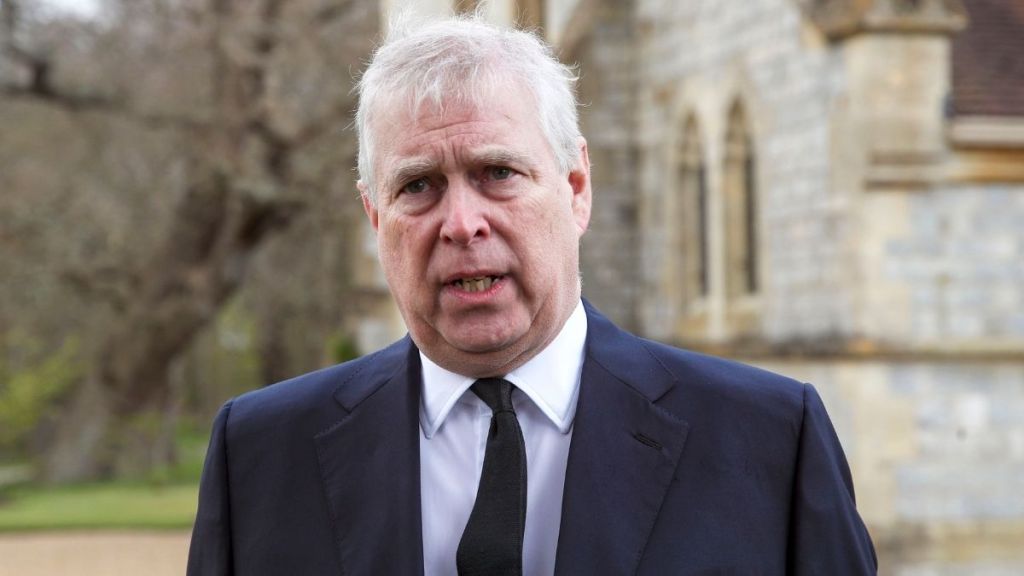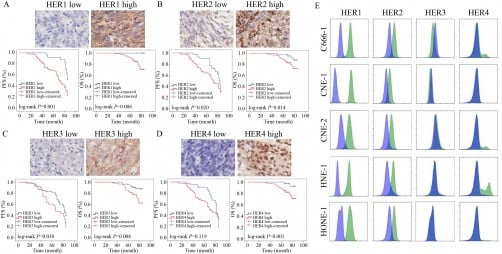Wildfire Fighters Face Health Crisis Amid Toxic Smoke Exposure

Smoke from the wildfires that swept through Los Angeles in January 2023 has left many firefighters grappling with severe health issues. Firefighters who responded to these blazes reported immediate symptoms, including intense migraines, respiratory distress, and nausea. Seven months later, some of them continue to suffer from debilitating conditions, including persistent wheezing and vocal cord damage.
One firefighter, Fernando Allende, a 33-year-old with the U.S. Forest Service, was among the first responders. Initially believing he would recover from a nagging cough, he faced a terrifying health crisis while combating another fire in June. At the hospital, doctors diagnosed him with non-Hodgkin lymphoma, a type of aggressive cancer typically found in older patients. This alarming diagnosis highlights the serious long-term health risks associated with wildfire smoke exposure.
Across the United States, the situation for wildfire crews is dire. Many firefighters work for weeks in toxic smoke and ash with little to no protective gear, often relying only on cloth bandanas or nothing at all. This lack of adequate protection presents a stark contrast to urban firefighters, who are standardly equipped with masks when entering burning buildings.
Longer Fire Seasons and Increased Risks
Historically, wildfire crews were seasonal workers who could supplement other employment during off-seasons. They experienced only a few days of hazardous smoke each year, allowing time for recovery during winter and spring. However, climate changes have resulted in more severe droughts and extreme heat, leading to wildfires that start earlier, burn longer, and spread wider.
As a result, firefighters are now facing year-round deployments. The frequency of their exposure to toxic environments raises significant health concerns. Many firefighters are experiencing not only immediate symptoms but also long-term health issues that could affect their quality of life for years to come.
The Personal Impact of Toxic Exposure
The ramifications of this exposure are evident in the stories of affected firefighters. One individual, once capable of running a six-minute mile, now struggles with basic physical activity. The psychological toll is also significant, as many firefighters report waking up in panic from wheezing fits.
The plight of these individuals calls for immediate attention to the working conditions of wildfire crews. As climate conditions continue to worsen, it is crucial to address the health risks associated with wildfire fighting. Increased awareness and protective measures could help safeguard the health of those who bravely battle these destructive fires.
In light of these developments, advocacy for better protective gear and health monitoring for wildfire crews is essential. The health crisis facing firefighters serves as a reminder of the often-overlooked dangers associated with their noble profession.






